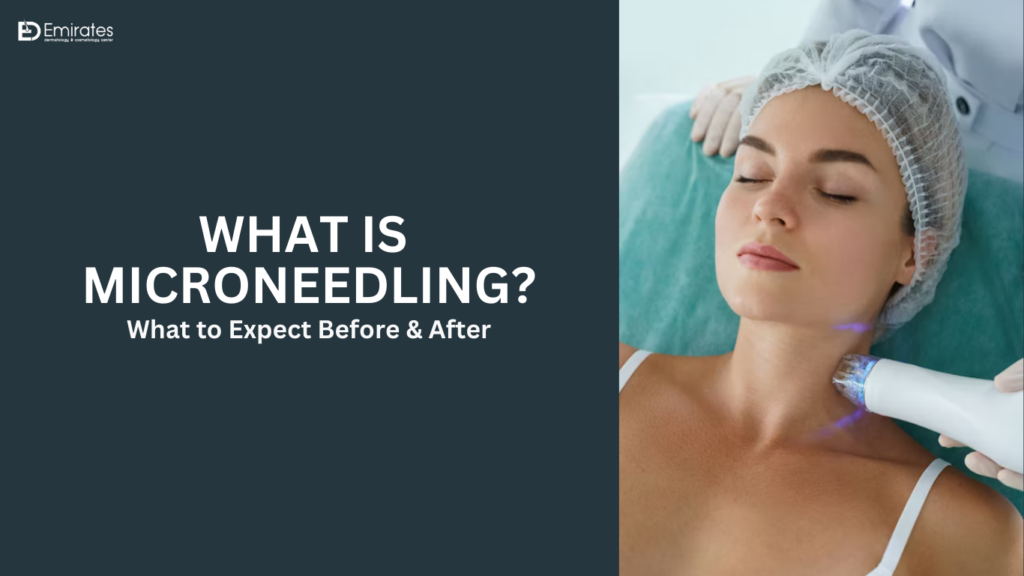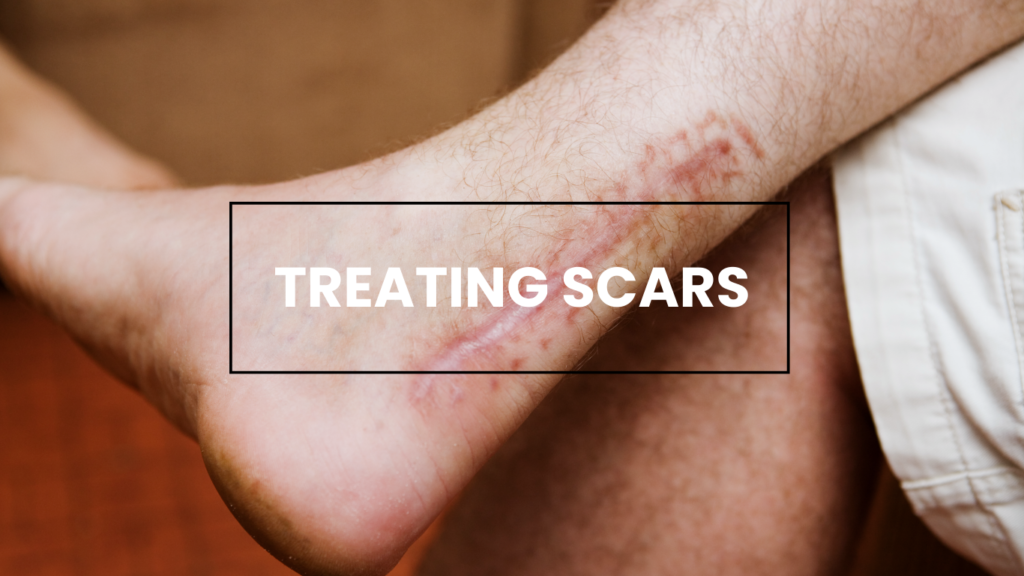What is Microneedling? Benefits, Procedure, and What to Expect Before & After
Microneedling has gained immense popularity as a skin treatment, but its rise to fame can be largely attributed to its use in eyebrow enhancement. When people started relying on microneedling to thicken their eyebrows, the trend took over social media, showcasing dramatic makeovers that emphasized fuller, more defined brows. Even today, videos of eyebrow microneedling transformations continue to go viral worldwide. While microneedling for eyebrows focuses on stimulating hair follicles to promote growth in a targeted area, general microneedling treatments work across the face and body to improve skin texture, reduce fine lines, and fade scars. The eyebrow trend brought microneedling into the spotlight, capturing the interest of those curious about aesthetic skin treatments. Today, microneedling remains a highly trusted procedure for achieving youthful, glowing skin with minimal downtime. What is Microneedling & What Does Microneedling Do? Microneedling is a skin treatment that uses tiny needles to create micro-injuries on the skin’s surface. While this might sound scary, these micro-injuries kickstart the skin’s natural healing process, stimulating collagen and elastin production. These are two essential proteins that keep your skin firm, smooth, and youthful. As the skin heals, new, healthier skin cells replace the damaged ones, leading to a fresh, glowing complexion. Another benefit is that the small channels created during microneedling help skincare products absorb better, making serums and creams more effective. This is why many people notice a big improvement in their skin after just a few sessions. What Are the Benefits of Microneedling? Microneedling is more than just a skincare trend. It has real benefits for different skin concerns. People choose microneedling for many reasons, including: Microneedling is safe for all skin types, and with the right aftercare, the results keep improving over time. Microneedling Before and After – What to Expect Many people wonder what changes they will see after microneedling and how long it takes for the skin to heal. The process is gradual, but the improvements are noticeable. Right after the treatment, the skin may look red and slightly swollen, similar to a mild sunburn. This usually fades within 24 to 48 hours. Within a few days, the skin starts to heal and feel smoother. After about two to four weeks, you’ll notice brighter, more even-toned skin with fewer visible fine lines or scars. For the best results, most people need three to six sessions, depending on their skin concerns. Deeper scars or wrinkles may require more sessions for maximum improvement. Microneedling with PRP – Is It More Effective? Microneedling can be done alone, but combining it with Platelet-Rich Plasma (PRP) takes it to the next level. PRP is made from your own blood and is rich in growth factors that speed up healing and boost collagen production. When PRP is applied after microneedling, it penetrates deeper into the skin, making the results even better. This combination leads to faster healing, longer-lasting hydration, and a more youthful glow. Many people who have tried both treatments say that microneedling with PRP gives better results than microneedling alone. What is the difference between mesotherapy and microneedling Microneedling and mesotherapy are often confused because they both improve skin quality, but they are quite different. Microneedling focuses on stimulating collagen and skin renewal by creating micro-injuries, while mesotherapy involves injecting vitamins, hyaluronic acid, or other nutrients directly into the skin for hydration and nourishment. Feature Microneedling Mesotherapy Method Tiny needles create micro-injuries Fine injections deliver vitamins and serums Purpose Boosts collagen for skin repair Hydrates and nourishes the skin Best For Scars, wrinkles, skin renewal Dry, dull skin that needs hydration If your main concern is scars, wrinkles, or skin texture, microneedling is the better choice. If you need extra hydration and radiance, mesotherapy may be a good option. Some people even combine both treatments for maximum skin benefits. How Many Microneedling Sessions Are Needed for Acne Scars? The number of sessions you need depends on how deep the acne scars are. For mild scars, around three to four sessions are enough. For moderate scars, four to six sessions may be required. If the scars are deep, more than six sessions might be necessary. Sessions are usually spaced four to six weeks apart to allow the skin to heal properly. It’s important to follow your dermatologist’s advice to get the best results. What to Apply After Microneedling for Faster Healing? After microneedling, your skin is more sensitive than usual, so using the right products is essential for proper healing. Hydration is key, so a gentle, hydrating serum like hyaluronic acid works well. Moisturizers with soothing ingredients like aloe vera or ceramides also help calm the skin. It’s important to avoid harsh products like retinol, exfoliants, or acids for at least five days, as they can cause irritation. Keeping the skin clean, moisturized, and protected will ensure the best results. Can I Wear Sunscreen After Microneedling? Yes, but not immediately. Sunscreen should be applied after 24 to 48 hours. Right after the treatment, the skin is extra sensitive, and direct sun exposure can lead to irritation and pigmentation issues. Once your skin has settled, use a mineral-based sunscreen with SPF 30 or higher to protect your skin from UV damage. If possible, avoid direct sunlight for the first few days after the treatment. Microneedling in Abu Dhabi – Where to Get the Best Treatment? Microneedling is an advanced treatment that requires expertise. If you’re considering microneedling in Abu Dhabi, it’s important to choose a reputable clinic with licensed professionals to ensure safety and effectiveness. Abu Dhabi has some of the best aesthetic and skin care clinics, offering high-quality microneedling treatments tailored to different skin types. Booking a consultation with an expert will help you understand the best approach for your skin. Microneedling is a powerful, non surgical skin treatment that helps improve fine lines, scars, pigmentation, and skin texture. By boosting collagen production, it provides long-term improvements and a natural glow. Whether done alone or combined with PRP, microneedling is an effective solution for healthier, more youthful skin.
What is Microneedling? Benefits, Procedure, and What to Expect Before & After Read More »


